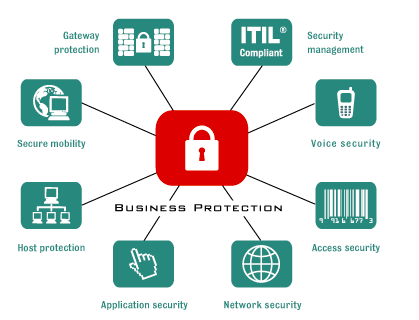End Point Protection (AV/NGAV)
- Home
- Single Service

Service
What is End Point Protection (AV/NGAV)?
Next-Generation Antivirus elevates the form of a new level of endpoint security protection. It differs from conventional file-based malware signatures and heuristics because it is system-centric and cloud-based. It makes it possible to deploy within a few hours rather than months.
Endpoint security is the process of protecting entry points of end-user computers including desktop, laptop, and mobile devices from being used by malicious attackers and campaigns. In general, an endpoint security software works by employing an agent-server model of communication. The agent application is installed on all the endpoints and it gather and pull data from time to time, some of which are unpatched vulnerabilities, missing patches, etc.
Why we need End Point Protection for our organization?
Endpoint security is one of the most effective solutions for preventing these weaknesses from turning into a security issue. It is also worth understanding that insider threats can be completely involuntary. A single individual can inadvertently contribute to a breach and it is possible for the individual to be completely unaware that they have compromised the entire system.
Features of End Point Protection
- Threat protection
- Device and application control
- Data loss protection
- Intelligent alerting and reporting
- Automated detection and remediation
- Flexible deployment options
- Application Control
Threat protection
An organization’s endpoint protection must scan every email attachment to protect the company from attacks.
Device and application control
Link Load balancing is achieved by implementing a Multilayer switch that helps in equally distributing Data Centre processing loads and heavy traffic among various servers to avoid becoming a burden on a single device.
Data loss protection
DLP shields the organisation against insider threats, the employees included and appropriates data leakage or loss in the event of system compromise. DLP will allow organisations to hold files sent through email or any team sharing application and any file that is tried to be uploaded to the internet.
Intelligent alerting and reporting
These offer priority based threats and alerts pertaining to the vulnerabilities, Endpoint Security Dashboards & Reports.
Automated detection and remediation
It is vital that threats are recognized as early on in the process as possible. If a threat manages to live in an environment for a long time, it means it is expanding and thus the more harm that it can cause. It is now becoming customary for most endpoint security solutions to have real-time detection features.
Flexible deployment options
Endpoint security tools should adapt to the organization’s needs and environment, offering on-premises or cloud deployment options. Tools should also offer protection for every endpoint in the company that touches data.
Application Control
These allow organizations to restrict what devices can upload or download data access hardware, or access the registry. IT can also reduce the chances of shadow IT by creating application allowlists-blocklists that identify what software and apps can and cannot be installed on an endpoint.
